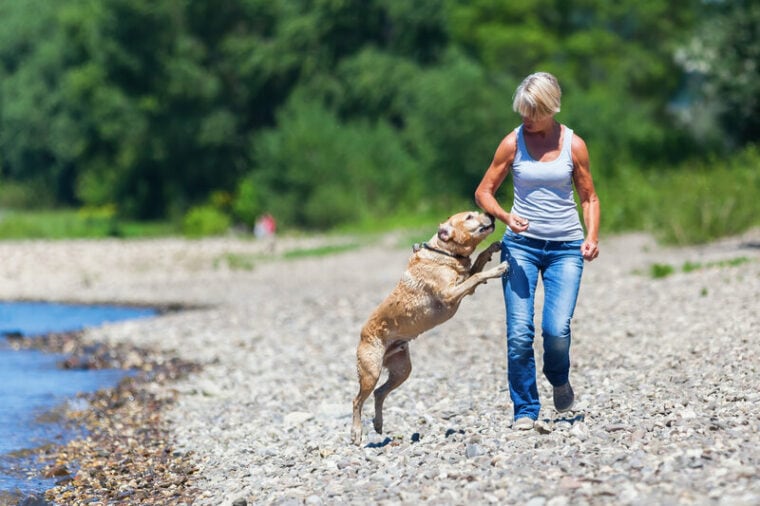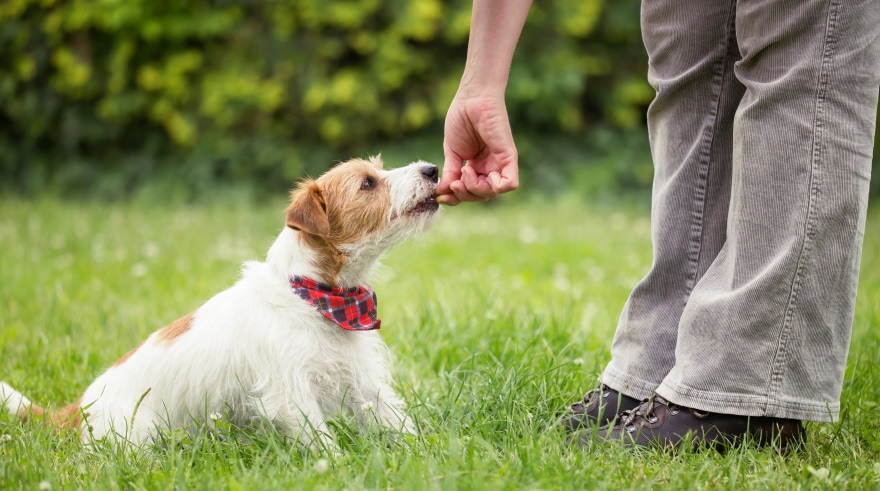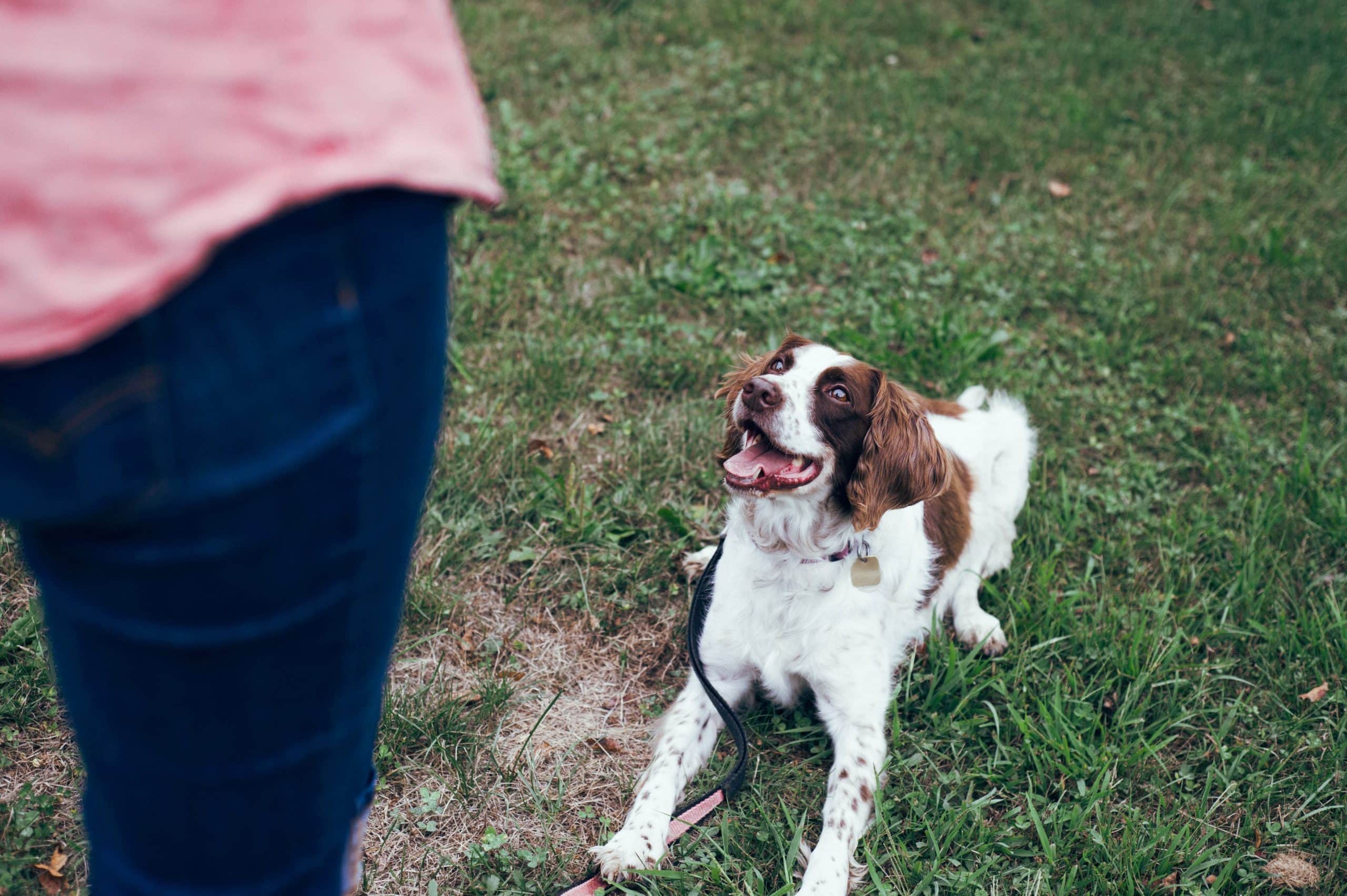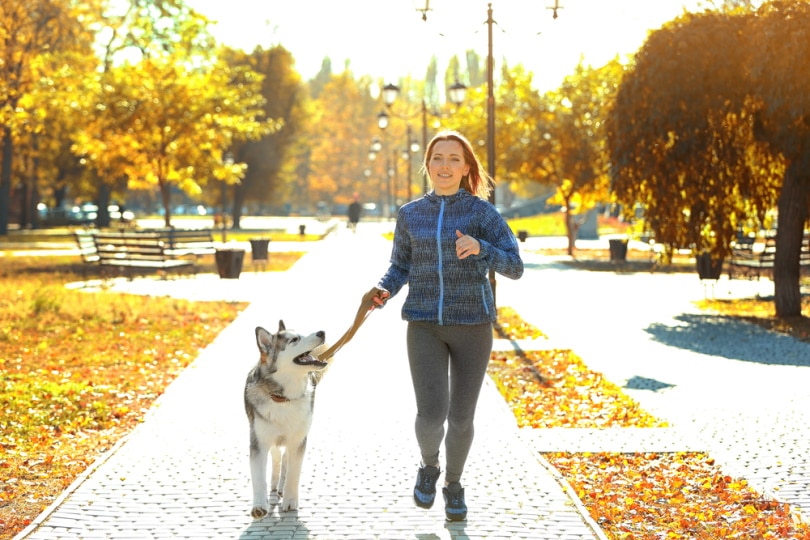
Dogs are known for being loyal and loving companions. They are also well-known for their love of jumping on people. While this may be cute when your dog is a puppy, it can quickly become annoying or even dangerous as they get older. In this article, we will discuss how to train your dog not to jump on people. By following these tips and tricks, you can help your dog stay safe and healthy while keeping your sanity!
Before We Begin
There are a few things you should keep in mind before beginning any training regimen with your dog. First, be sure to remain consistent with your commands and rewards. Dogs thrive on routine and predictability, so if you change things up too often, they will become confused and frustrated.
Second, be patient! Training takes time and patience, especially when you are dealing with a rambunctious puppy. Finally, make sure you have plenty of treats on hand to reward your dog for good behavior.
Now that we’ve covered the basics, let’s get started!
The 10 Tips & Tricks to Train a Dog Not to Jump on People
1. Create a Foundation of Basic Obedience

Start with the basics of obedience training. This will help your dog to understand what you expect from them and give them a foundation for more advanced training. If your dog is used to the idea of getting rewarded for behaviors you want to see, it will make training so much easier and less frustrating for you.
2. Don’t Allow Jumping Behavior from Here On
As tempting as it may be to let your dog jump on you when they’re being cute, it’s important to nip this behavior in the bud. Every time your dog jumps on you, calmly say “no” and turn away from them. Do not give them any attention until they are calm and sitting down.
3. Give Your Dog an Alternative Behavior to Perform

Now that you have stopped the jumping behavior, you need to give your dog something else to do. When they are sitting calmly, say “sit” and give them a treat. Repeat this until your dog is consistently sitting on command.
Once your dog is responding well to the “sit” command, you can begin to phase out the treats. Instead of giving them a treat every time they sit, give them one randomly or only when they perform the behavior on cue.
4. Use High-Value Rewards
While treats are always a great way to reward your dog, sometimes you may need to up the ante. If your dog is particularly stubborn or resistant to training, try using higher value rewards like their favorite toy or a special treat.
Remember to be consistent with your commands and rewards, be patient, and have plenty of treats on hand, and you’ll be well on your way to having a well-trained dog who knows not to jump on people!
5. Stay Consistent All the Time

Even if you think your dog has finally mastered the art of not jumping, it’s important to stay consistent with your commands and rewards. If you let them get away with it even once, they will likely go back to their old ways.
6. Reward Them Often
While it’s important to be consistent, you also don’t want to be too stingy with the rewards. If your dog is doing a good job of not jumping, make sure to give them plenty of praise and treats. This will help them to understand that they are doing what you want and that they are being rewarded for it.
7. Be Patient

Training takes time and patience, so don’t get discouraged if your dog isn’t progressing as quickly as you’d like. They will eventually get it with enough time and practice. The most important thing is that you never give up.
8. Ask for Help from a Professional Dog Trainer or Behaviorist
If you’re having trouble getting your dog to stop jumping, it may be helpful to seek out the help of a professional. A trainer or behaviorist can give you additional tips and tricks to help your dog learn the desired behavior.
9. Give Your Dog Other Outlets for Their Energy

If your dog is jumping because they are full of energy, make sure to give them plenty of opportunities to burn off that excess energy. Take them for long walks or runs, play fetch with them, or enroll them in a doggy daycare.
10. Train Yourself, Too
Remember that it takes two to train a dog not to jump. In addition to working with your dog, it’s important that you also learn how to properly respond when they do jump. The most important thing is to remain calm and avoid rewarding the behavior.
FAQs
Why shouldn’t dogs jump on people
Dogs jump on people for a variety of reasons, but the most common one is excitement. When they see someone, they know or are excited about something, they may jump up to try and get closer to them. This can be problematic because it can lead to accidental injuries, both for the dog and the person they’re jumping on. Additionally, it can be very annoying for the person who is constantly being jumped on.
How long does it take to train a dog not to jump?
It depends on the dog, but typically it takes a few weeks to months of consistent training.
What should I do if my dog starts jumping again after they have learned not to?
If your dog starts jumping again, simply go back to the basics of training and make sure to be consistent with your commands and rewards.

What if my dog is resistant to training?
If your dog is resistant to training, try using higher-value rewards like their favorite toy or a special treat. You can also ask for help from a professional trainer or behaviorist.
Should I use a shock collar?
Shock collars are not recommended as they can cause fear, anxiety, and aggression in dogs. There are more humane and effective methods of training.
Conclusion
Jumping is a common behavior problem in dogs, but it is one that can be corrected with training. By using the tips and tricks above, you’ll be on your way to having a well-trained dog who knows not to jump on people. Just remember to be consistent, patient, and have plenty of rewards on hand, and you’ll be successful in no time!
Featured Image Credit: Christian Mueller, Shutterstock








